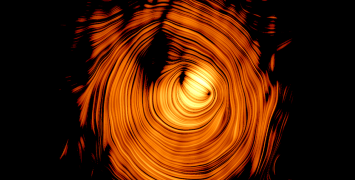High precision techniques to measure galaxy clustering
What is the nature of dark energy? How does it relate to dark matter? These are some of the key open questions in cosmology, which Prof. Luigi Guzzo intends to address in his research. Findings of his DARKLIGHT project, funded by the ERC, could add an important piece to the puzzle of the origin and evolution of the Universe.

Galaxy redshift surveys, which map the large scale distribution of galaxies in space and time, have provided scientists with a unique probe of the basic cosmic components and their evolution. Less than two decades ago, researchers made an unexpected discovery: the Universe has recently entered a phase of accelerated expansion driven by dark energy – a phenomenon which still remains obscure.It became necessary to study this evolution and to trace the history of cosmic expansion more accurately. For this purpose, new large surveys of galaxy clustering relying on advanced methods and high-precision measurements will start in the coming years.
In this project, the international team led by Prof. Guzzo has been developing new mathematical and statistical tools that will meet the required high levels of precision and accuracy for the cosmic measurements (including redshift-space distortions), as well as to optimally analyse the new data acquired. These novel methods and techniques are first tested on large numerical simulations and then applied to new data such as those provided by the European Southern Observatory VIPERS survey. They will eventually help scientists to fully exploit future galaxy redshift surveys, including the Euclid space mission that is to be launched in 2020 by the European Space Agency.
With these new tools we may have a better understanding of how, from its original state, the Universe has taken its current form and how galaxies, clusters and the cosmic web have developed under the joint effect of dark matter and dark energy. This will also allow cosmologists to verify whether or not the Einstein equations on the matter-gravity relation need to be modified, a development that could revolutionize the world of physics.






